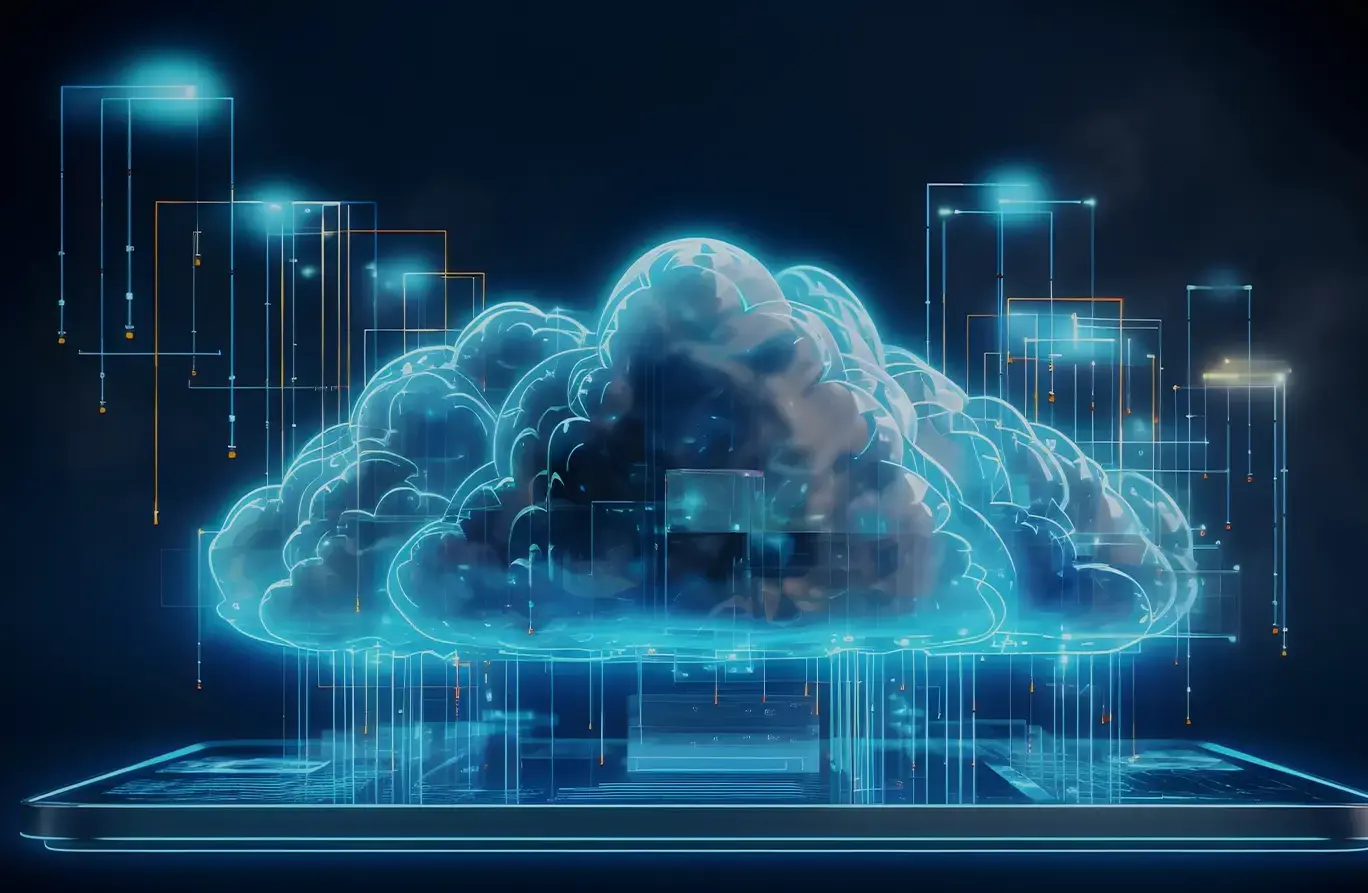
Listen to this blog
Amid the dynamic shifts in the food and beverages landscape, the key to resilience and growth lies in a robust digital strategy. By moving beyond the fundamental tenets of cloud computing, businesses can not only establish a competitive edge but also extend it, laying the foundation for market expansion and niche dominance.
In today's digital era, businesses that align with the integrated B2B and B2C domains set themselves apart. This synchronization offers a harmonized consumer experience, merging user-focused designs with sophisticated enterprise functionalities.
Yet, the essence of this evolving digital wave goes beyond traditional commerce. It's about equipping businesses with potent tools that reside atop the cloud infrastructure. Through real-time inventory systems, in-depth data analytics, and other cutting-edge solutions, businesses can make agile decisions, predict market shifts, and customize consumer experiences like never before.
Crafting a Unique Competitive Landscape
As the food and beverages sector embraces digital transformation, traditional models are giving way to innovative strategies that redefine how companies compete and succeed. In this context, the following points highlight key aspects of this paradigm shift:
Distribution's robotic revolution:
Modern distribution centers are no longer just about storage; they're about speed and precision. Robotic systems ensure products, especially perishables, reach their destination promptly, directly impacting consumer satisfaction and brand reputation.
Elevated productivity with RPA:
RPA isn't a mere automation tool. For food distributors, it's a conduit to streamline vital processes, ensuring faster replenishments and heightened inventory accuracy.
Harnessing data for customization:
Cloud tools empower businesses to craft promotions tailored to individual behaviors, ensuring product relevancy and marketing efficiency.
Employee empowerment for enhanced experience:
By shifting repetitive tasks to automated systems like RPA, employees can contribute more effectively to value-driven activities, creating a ripple effect of enhanced efficiency and consumer satisfaction.
Prioritizing data security:
With the mounting importance of data, employing fortified cloud platforms is non-negotiable, ensuring both compliance and consumer trust.
Scalable business operations:
Cloud solutions are tailored for growth, allowing businesses to scale operations without prohibitive costs, making market expansion more feasible and efficient.
Deep dive with data analytics:
By harnessing cloud-driven analytics, businesses gain unparalleled insights into consumer trends, enabling them to identify potential niches and capitalize on emerging market opportunities.
Futuristic decision-making with Gen AI:
With the foresight offered by Generative AI, businesses can anticipate market changes and strategically position themselves for future success.
Understanding the Challenges of Modernization
Digital progression, while holding great promise, also brings forward challenges:
Financial implications:
The immediate financial outlay for new technologies can be considerable. It's essential to understand the long-term benefits to ensure a sustainable transformation.
Organizational culture shift:
Introducing advanced digital strategies can be met with resistance, especially from those accustomed to traditional methods. Cultivating an atmosphere of learning and adaptability becomes critical.
Security and compliance: As reliance on data grows, ensuring its safety and adhering to regulatory mandates is essential. This goes beyond just the technology; it involves people and processes.
Legacy systems and compatibility:
Transitioning from dated systems to advanced ones can be technically demanding. Strategies need to account for potential disruptions and compatibility issues.
Paving the Way to Modern Market Dominance
Achieving modern market dominance requires a thoughtful approach that combines innovation, collaboration, and adaptability. As industries evolve at an unprecedented pace, organizations are presented with both challenges and opportunities in their quest for supremacy. The following strategies outline the pathway to success:
Investment in learning:
Adopting a continuous learning culture ensures teams are well-equipped to maximize new tools' potential and pivot as the landscape changes.
Constructive feedback mechanisms:
Encourage a feedback-rich culture. This offers invaluable insights into areas of improvement and ensures employees feel valued in the transformation journey.
Strategic partnerships:
Teaming up with IT specialists and industry experts can streamline the modernization process. Their insights can be crucial in avoiding pitfalls and ensuring tools are optimally utilized.
Adopt a modular approach:
Implement new systems and strategies in phases. This not only ensures smoother transitions but also helps in identifying challenges early on.
Positioning tech as an enabler:
Emphasize that these advancements aren't about replacing human roles but about amplifying them. Showcasing how technology aids employees in their tasks can drive acceptance and enthusiasm.
In conclusion, the food and beverages industry is on the cusp of a significant evolution. While cloud computing and the tools it supports provide a robust foundation, the real test for businesses lies in navigating the challenges of modernization and leveraging the immense potential on offer. Those that strategize and execute their modernization journey effectively are poised to lead the industry into its next chapter.




